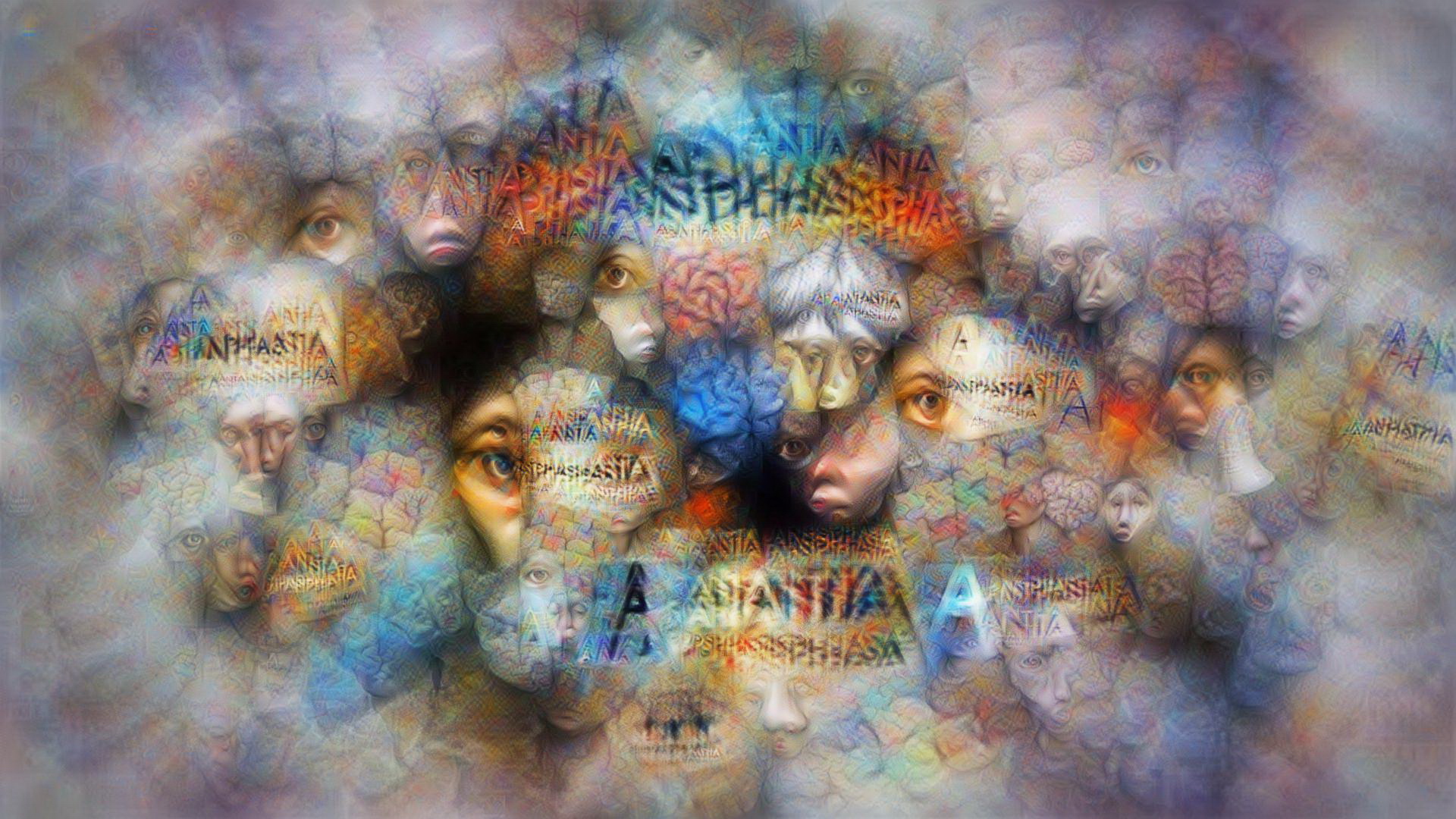This is a text-to-image tool, part of the artwork of the same name.
Based on CLIP model, with FFT parameterizer from Lucent library as a generator.
Updated: Check also colabs below, with VQGAN and SIREN+FFM generators.
Tested on Python 3.7, required PyTorch 1.7.1.
Aphantasia is the inability to visualize mental images, the deprivation of visual dreams.
The image in the header is generated by the tool from this word.
- generating massive detailed textures, a la deepdream
- fast convergence!
- fullHD/4K resolutions and above
- various CLIP models (including multi-language from SBERT)
- complex queries:
- text and/or image as main prompts
- additional text prompts for fine details and to subtract (avoid) topics
- criteria inversion (show "the opposite")
- continuous mode to process phrase lists (e.g. illustrating lyrics)
- saving/loading parameters to resume processing
Setup CLIP et cetera:
pip install -r requirements.txt
pip install git+https://github.com/openai/CLIP.git
- Generate an image from the text prompt (set the size as you wish):
python clip_fft.py -t "the text" --size 1280-720
- Reproduce an image:
python clip_fft.py -i theimage.jpg --sync 0.4
If --sync X argument > 0, LPIPS loss is added to keep the composition similar to the original image.
You can combine both text and image prompts.
For non-English languages use either --multilang (multi-language CLIP model, trained with ViT) or --translate (Google translation, works with any visual model).
- Set more specific query like this:
python clip_fft.py -t "macro figures" -t2 "micro details" -t0 "avoid this" --size 1280-720
- Other options:
--model Mselects one of the released CLIP visual models:ViT-B/32(default),RN50,RN50x4,RN101.
--overscanmode processes double-padded image to produce more uniform (and probably seamlessly tileable) textures. Omit it, if you need more centered composition.
--steps Nsets iterations count. 50-100 is enough for a starter; 500-1000 would elaborate it more thoroughly.
--samples Nsets amount of the image cuts (samples), processed at one step. With more samples you can set fewer iterations for similar result (and vice versa). 200/200 is a good guess. NB: GPU memory is mostly eaten by this count (not resolution)!
--fstep Ntells to save every Nth frame (useful with high iterations, default is 1).
--decay X(softness),--colors X(saturation) and--contrast Xmay be useful, especially for ResNet models (they tend to burn the colors). try--decay 1.5 --colors 1.3 --contrast 1.1to see the difference.
--enhance Xboosts training consistency (of simultaneous samples) and steps progress. good start is ~0.2.
--notext Xtries to remove "graffiti" by subtracting plotted text prompt. good start is ~0.1.
--noise Xadds some noise to the parameters, possibly making composition less clogged (in a degree).
--lratecontrols learning rate. The range is quite wide (tested at least within 0.001 to 10).
--progsets progressive learning rate (from 0.1x to 2x of the one, set bylrate). it may boost macro forms creation in some cases (more here).
--invertnegates the whole criteria, if you fancy checking "totally opposite".
--save_pt myfile.ptwill save FFT parameters, to resume for next query with--resume myfile.pt.
--verbose('on' by default) enables some printouts and realtime image preview.
- Make video from a text file, processing it line by line in one shot:
python illustra.py -i mysong.txt --size 1280-720 --length 155
This will first generate and save images for every text line (with sequences and training videos, as in single-image mode above), then render final video from those (mixing images in FFT space) of the length duration in seconds.
There is --keep X parameter, controlling how well the next line/image generation follows the previous. By default X = 0, and every frame is produced independently (i.e. randomly initiated).
Setting it higher starts each generation closer to the average of previous runs, effectively keeping the compositions more similar and the transitions smoother. Safe values are < 0.5 (higher numbers may cause the imagery getting stuck). This behaviour depends on the input, so test with your prompts and see what's better in your case.
- Make video from a directory with saved *.pt snapshots (just interpolate them):
python interpol.py -i mydir --length 155
-
VQGAN from Taming Transformers
Limited resolution (~800x600 max on Colab), but good coloring with fine details, one of the best methods available.
-
SIREN + Fourier feature modulation
One of the first methods, not so interesting these days.
Based on CLIP model by OpenAI, the paper
Used FFT encoding from Lucent library
Thanks to Ryan Murdock, Jonathan Fly, Hannu Toyryla, @eduwatch2, torridgristle for ideas.
